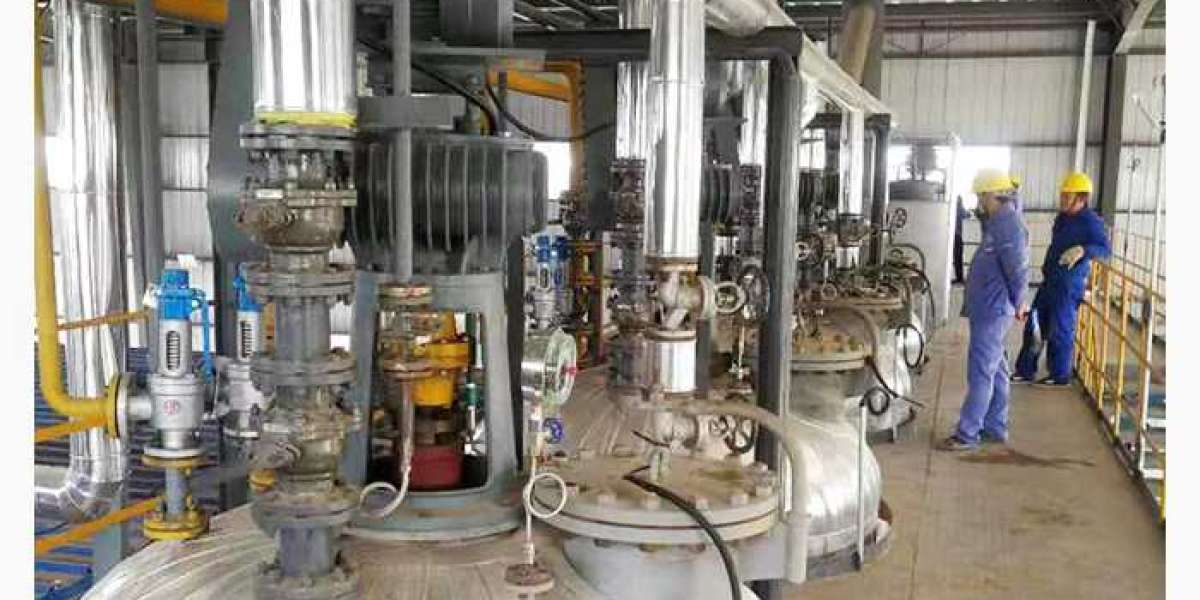sodium silicate plant are facilities that produce sodium silicate, a compound used in various industries, including construction, detergents, and paper manufacturing. Operating such a plant requires strict adherence to safety protocols to protect workers, the environment, and the facility itself. This article outlines essential safety measures that should be implemented in sodium silicate plants.
Understanding Sodium Silicate Hazards
Sodium silicate can pose several hazards if not handled properly. It is caustic and can cause skin burns and eye damage. Inhalation of dust or fumes can lead to respiratory issues. Therefore, it is crucial for plant operators to understand these hazards and implement safety measures to mitigate risks. Regular training sessions should be conducted to educate employees about the potential dangers associated with sodium silicate.
Personal Protective Equipment (PPE)
The use of personal protective equipment is vital in ensuring the safety of workers in a sodium silicate plant. Employees should wear appropriate PPE, including gloves, goggles, face shields, and protective clothing. This equipment acts as a barrier against chemical exposure and should be regularly inspected and maintained. Employers must ensure that all workers are trained on the proper use of PPE and understand its importance in preventing injuries.
Proper Handling and Storage
Safe handling and storage of sodium silicate are critical to preventing accidents. Sodium silicate should be stored in a cool, dry place away from incompatible materials such as strong acids. Containers should be clearly labeled, and access to storage areas should be restricted to authorized personnel only. Additionally, proper lifting techniques should be employed when moving heavy containers to avoid injuries.
Emergency Response Procedures
In the event of an accident or spill, having a well-defined emergency response plan is essential. All employees should be familiar with the emergency procedures, including evacuation routes and the location of safety equipment such as eyewash stations and showers. Regular drills should be conducted to ensure that everyone knows how to respond effectively in an emergency. This preparedness can significantly reduce the impact of an incident.

Ventilation and Air Quality Control
Maintaining proper ventilation in a sodium silicate plant is crucial for ensuring air quality. Adequate ventilation systems should be installed to minimize the accumulation of harmful dust and fumes. Regular monitoring of air quality should be conducted to ensure that it remains within safe limits. If air quality standards are not met, immediate corrective actions should be taken to protect workers' health.
Training and Education
Continuous training and education are vital components of safety protocols in sodium silicate plants. Employees should receive training on the safe handling of chemicals, emergency response procedures, and the proper use of PPE. Refresher courses should be conducted regularly to keep safety practices at the forefront of employees' minds. A well-informed workforce is essential for maintaining a safe working environment.
Regular Safety Audits
Conducting regular safety audits is an effective way to identify potential hazards and ensure compliance with safety protocols. These audits should assess all aspects of plant operations, including equipment maintenance, employee practices, and emergency preparedness. Any deficiencies identified during audits should be addressed promptly to enhance overall safety.
Chemical Spill Management
In the event of a chemical spill, immediate action is required to minimize risks. Spill containment kits should be readily available, and employees should be trained on how to use them. The area should be evacuated, and appropriate authorities should be notified. Quick and efficient spill management can prevent further contamination and protect workers and the environment.
Environmental Considerations
Sodium silicate plants must also consider their environmental impact. Proper waste disposal methods should be implemented to prevent contamination of soil and water sources. Regular environmental assessments should be conducted to ensure compliance with regulations. By prioritizing environmental safety, plants can contribute to sustainable practices and protect local ecosystems.
Conclusion
In conclusion, operating a sodium silicate plant involves numerous safety considerations. By implementing strict safety protocols, providing adequate training, and maintaining a culture of safety, plant operators can protect their workers and the environment. Continuous improvement and adherence to safety measures are essential for the successful operation of sodium silicate plants.












